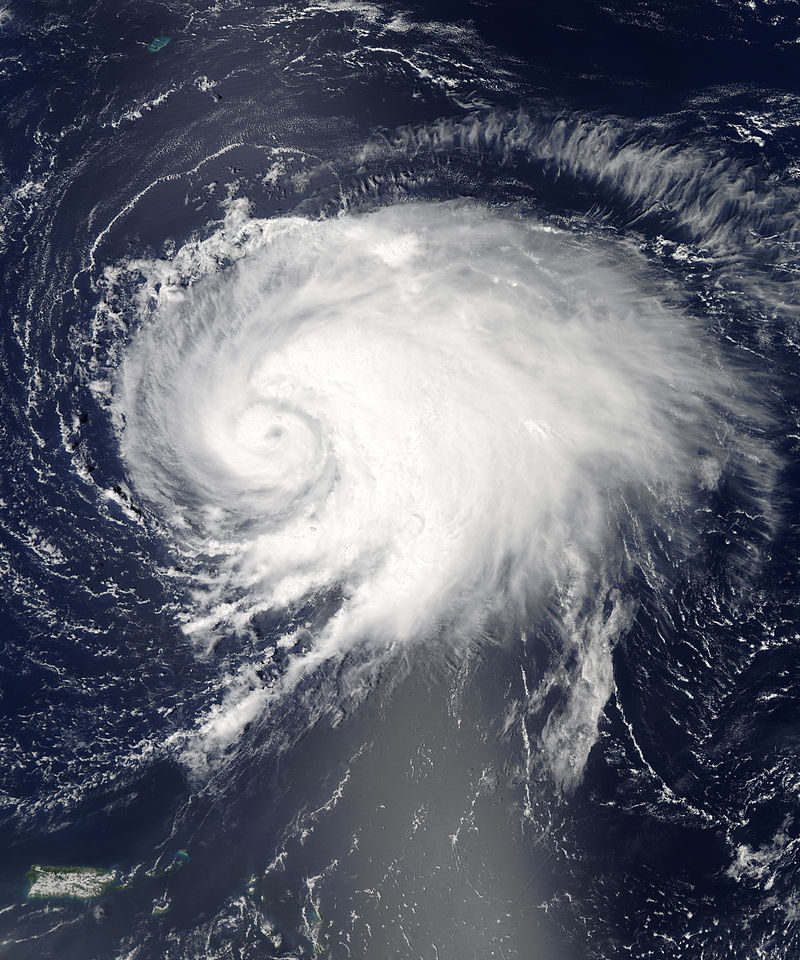Hurricane Leslie, the twelfth tropical cyclone of the 2012 Atlantic hurricane season, originated from a tropical wave located approximately 1,500 miles (2,400 km) east of the Leeward Islands on August 30. Gradually intensifying, Leslie transformed into Tropical Storm Leslie within twelve hours. Slowly moving west-northwestward, the storm encountered only marginally favorable conditions, hindering significant development. However, on September 2, Leslie altered its course to a north-northwest direction, positioned north of the Leeward Islands. A subsequent blocking pattern over Atlantic Canada caused the storm to drift for four days. Late on September 5, Leslie achieved Category 1 hurricane status but weakened to a tropical storm due to its sluggish motion and associated upwelling effects, which lowered sea surface temperatures (SSTs).
On September 9, Leslie accelerated as it passed east of Bermuda. The island experienced relatively strong winds that resulted in numerous power outages, fallen tree branches, and debris from electrical poles. Despite a slight re-intensification, Leslie transitioned into an extratropical cyclone near Newfoundland on September 11. The storm brought heavy rainfall to Nova Scotia and Newfoundland in Atlantic Canada, leading to localized flooding, particularly in the western parts of Newfoundland. Strong winds associated with Leslie caused significant damage, including roof damage, tree destruction, and power outages affecting approximately 45,000 homes in Newfoundland. In Pouch Cove, a partially constructed house was destroyed, and several incomplete homes sustained damage. Fortunately, there were no reported fatalities associated with Hurricane Leslie.
The estimated cost of cleaning and rebuilding resulting from Hurricane Leslie amounted to $10.1 million (2012 USD). The impact on Bermuda and Atlantic Canada highlighted the importance of preparedness and resilience in the face of potential hurricane threats. To enhance protection if another hurricane similar to Leslie threatens landfall, the following measures are recommended:
- Stay informed: Regularly monitor weather updates and advisories provided by local meteorological authorities. Pay attention to evacuation orders or other instructions issued by relevant authorities.
- Prepare an emergency kit: Assemble a supply kit containing essential items such as non-perishable food, water, flashlights, batteries, a first aid kit, and necessary medications. Have important documents and emergency contact numbers readily available.
- Secure your property: Trim trees and secure loose objects in your yard to minimize potential damage from strong winds. Reinforce doors, windows, and roofs to improve their resilience.
- Evacuation planning: Familiarize yourself with evacuation routes and shelters in your area. Develop a family emergency plan and communicate it with all household members.
- Review insurance coverage: Ensure your property and belongings are adequately covered by insurance policies. Understand the terms and conditions, including deductibles and exclusions.
Interesting Fact: As a direct result of Hurricane Leslie, it was observed that the storm caused upwelling, leading to decreased sea surface temperatures (SSTs). This phenomenon occurs when winds associated with the hurricane cause cooler, deeper water to rise to the surface, replacing the warmer surface water. The upwelling of cold water can have a significant impact on the intensity and structure of a tropical cyclone, as observed in the case of Hurricane Leslie in 2012.
In conclusion, Hurricane Leslie’s impact in Bermuda and Atlantic Canada during the 2012 hurricane season resulted in minor damage but served as a reminder of the importance of preparedness and resilience. By following recommended protective measures and staying informed, individuals and communities can enhance their ability to mitigate the effects of future hurricanes. Continued research and monitoring of hurricane behavior are essential to further understanding the dynamics of tropical cyclones and improving early warning systems.




Leave a Reply